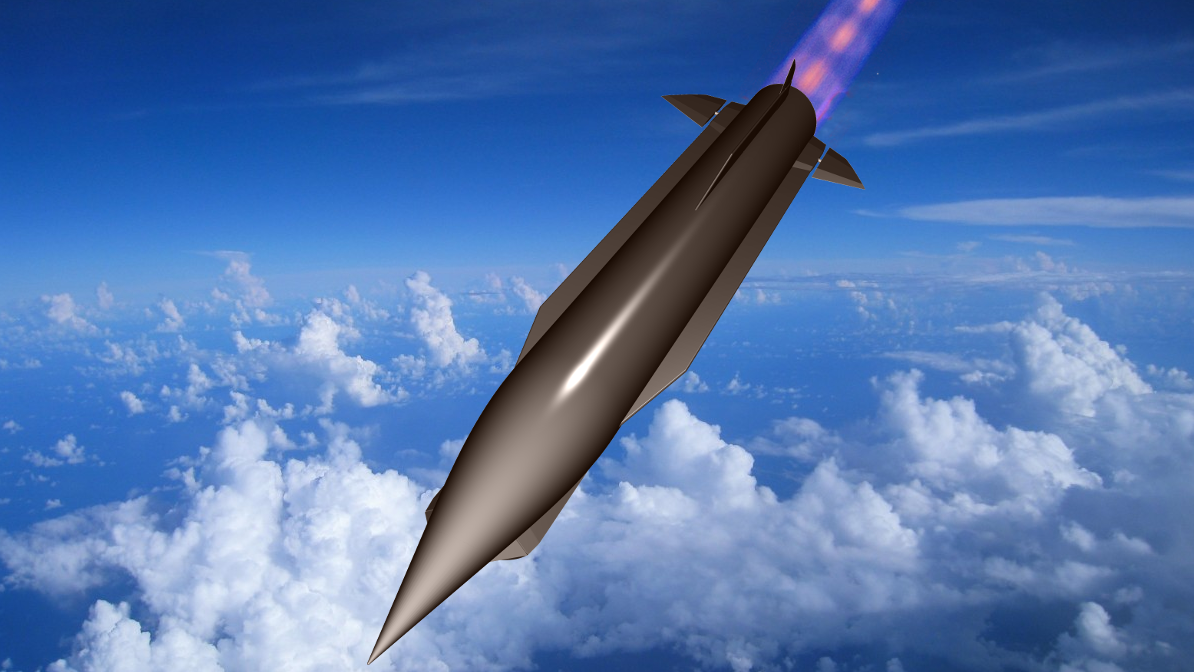UK picks 90 suppliers to support Hypersonic strike program

The UK is pursuing development of a homegrown hypersonic missile with support from 90 suppliers across industry and academia (UK MoD)
BELFAST — The United Kingdom has selected 90 small and large organizations from industry and academia to bid for contracts in support of developing indigenous Hypersonic missile capabilities.
The various suppliers were all picked to join a Hypersonic Technologies and Capability Development Framework (HTCDF) agreement, making them eligible to compete for eight lots worth a maximum value of £1 billion ($1.3 billion) over seven years, according to a UK Defence Equipment and Support (DE&S) statement today. The agency is the UK’s defense procurement arm.
The eight hypersonic technology lots cover: design and integration; modelling and testing; airframe and power generation; low Technical Readiness Level (TRL) concepts; a lethality package (including warhead and fuse); propulsion; on board computing; and seekers.
Hypersonic missiles typically travel at Mach 5 or faster within the Earth’s atmosphere and are capable of maneuvering, but sustained flight can be challenging because of air resistance and the weapons being subject to extreme surface temperatures.
The framework was originally announced in December 2023 with the stated aim of developing a UK “Hypersonic Strike Capability and to provide a route to market for future operational elements of hypersonic and adjacent technologies.”
Building off that target, DE&S said, “The HTCDF has been designed to provide a responsive, agile route to market to facilitate capability realisation at pace. Uniquely it will be used to select suppliers to deliver services and supplies to support the research, development and testing of hypersonic technologies right through to a capability.”
It also shared that research can be “spirally developed” across various TRL’s towards reaching the hypersonic capability and noted the “maturity of the services and supplies provided under the resulting Call Off contracts will be TRL 1 – 9.”
As previously reported by Breaking Defense, London has settled on a three-step strategy of buy, collaborate and develop to build out hypersonic missile capabilities, which also focus on potentially acquiring a Hypersonic Glide Vehicle (HGV) as part of the AUKUS trilateral coalition (under Pillar 2 relating to new military technologies) and joining “existing or new” international HGV or Hypersonic Cruise Missile (HCM) development programs.
James Cartlidge, UK Minister for Defence Procurement said: “Hypersonics will be a landmark capability of the future and it is essential we keep pace with the developments of our adversaries. The Framework sends a clear demand signal to UK industry.”
Both Russia and China work off multiple hypersonic missile programs and are judged to have “likely fielded operational hypersonic glide vehicles — potentially armed with nuclear warheads,” according to a February Congressional Research Service report [PDF].
In addition to deploying Kinzhal missiles in Ukraine with limited success, Moscow is currently pursuing development of two other hypersonic programs — Avangard and Tsirkon. Avangard, a hypersonic boost glide vehicle, can be launched from an Intercontinental Ballistic Missile (ICBM), travel at Mach 20 and boasts a range of over 6000 km, according to the Center for Strategic and International Studies think tank. Russia launched the naval-based Tsirkon missile for the first time off the frigate Admiral Gorshkov in 2020, reported state news agency TASS, adding that the flight exceeded a range of 500 km.
In the US, hypersonic missile programs are developed in line with the US Navy’s Conventional Prompt Strike Program, though those pursued by Washington do not include a program of record that would see those under development move to serial production. Alongside the US Navy, the US Air Force, US Army and DARPA are all involved in hypersonic missile programs.